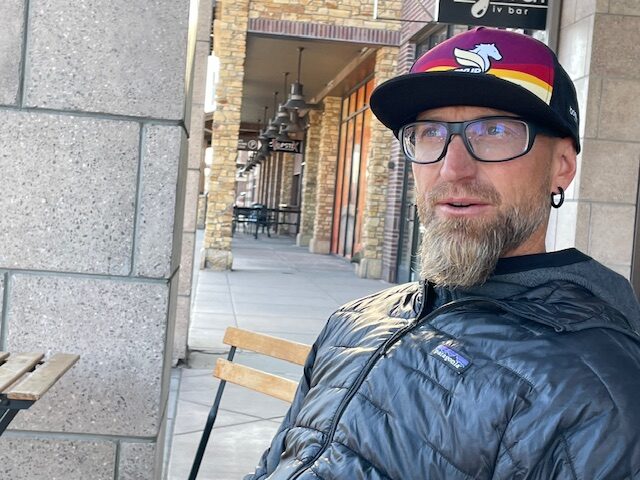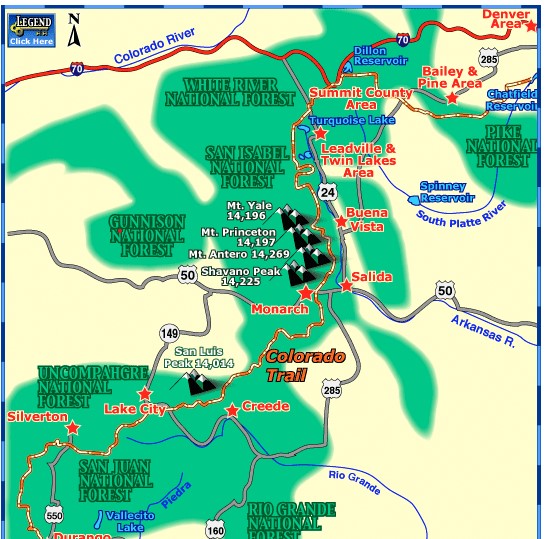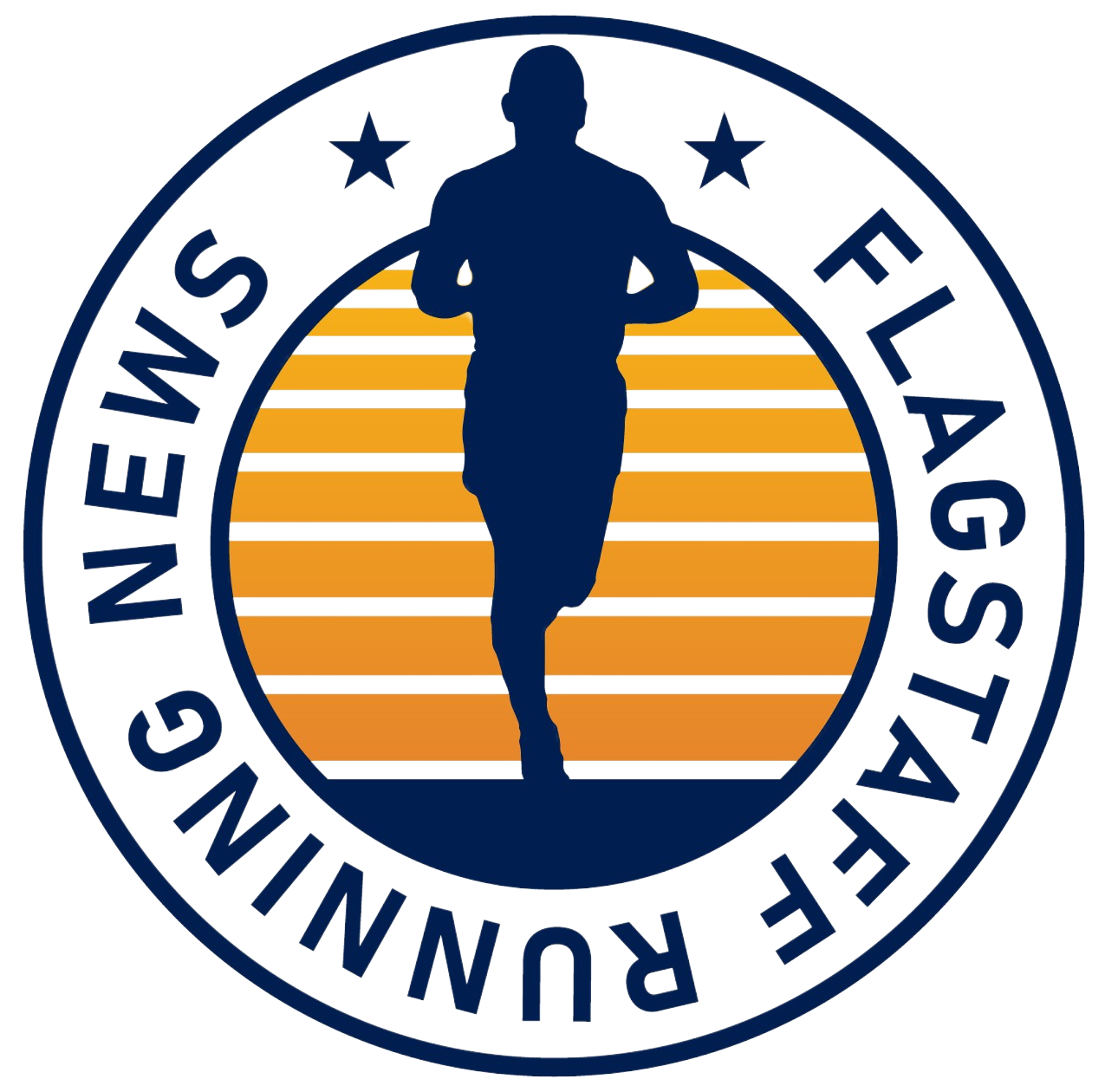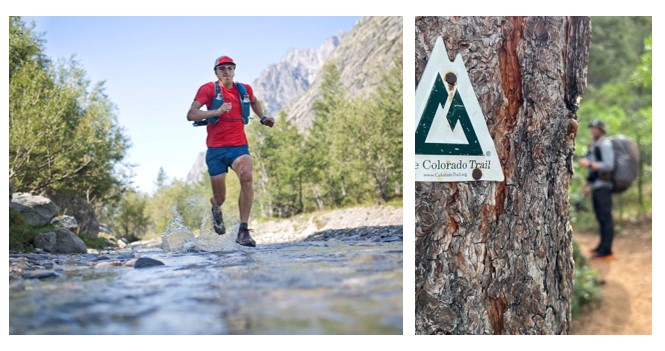There’s always another adventure, the longer the better, awaiting Jeff Browning, the Flagstaff elite ultrarunner who in the past 25 years has won 30 100-mile races. And, lately, these challenges have trended way upward in both mileage and difficulty.
In 2022, Browning easily won the Moab 240 race.
This May, he finished second at the Cocodona 250, leading the trek for Black Canyon City to Flagstaff until the final 10 miles.
Now, this: a fastest known time attempt on the Colorado Trail, a popular challenge for mountain-ultra types.
On Sunday morning at 8, in Durango, Browning will take off on a more than 430-mile run through the alpine forests of the Sawatch and San Juans ranges, much of it at elevations higher than 12,000 feet, in hopes of breaking not just the directional record of his choice but the overall record of 6 days 15 hours 8 minutes set by Kyle Curtin less than two months ago.
It is quite an undertaken, fraught with physically and mental challenges. Curtin, Browning’s teammate with Altra, briefly wound up in the hospital after his record-setting journey. But Browning said he’s “optimistic” about his chances of eclipsing the overall record. Browning will be going West to East on the trail, using the Collegiate West loop – the opposite of Curtin, who went East (Denver) to West (Durango) in June. The current record for the West-to-East (collegiate West) route is 7 days 17 hours 52 minutes.
Regardless of how long it takes Browning, the trek is for a good cause: the Warrior Trail Foundation’s Longevity Project.
We spoke with Browning a few days before embarking on his adventure.
FRN: So, the overall record is what you’re shooting for?
Browning: Yeah, so, I’m shooting for Plan A – the overall – and Plan B would be in my direction. I’m doing Collegiate West. Collegiate West is the higher alpine. It goes through Hope Pass, part of the Leadville course, through Winfield, where the turnaround is for Leadville. It’s a higher section. Sometime, don’t quote me on this, but I believe it was 2013, they created this Collegiate West section, which is part of the Continental Divide Trail. And they connected them, so it’s one big 167-mile loop.
FRN: How long have you been planning this?
Browning: We’ve been planning it, in some capacity, all summer, since Cocodona. Actually, planning began loosely in March, but really after Cocodona. I’ve been wanting to do it for about five years.
FRN: Obviously, the altitude/elevation gain is higher, but how does this fastest known time course compare to others around the country that runners tackle?
Browning: It’s one of the highest routes, in terms of overall altitude. You’re at 12 to 13 (thousand feet) a lot in the San Juans.
FRN: How have you trained for this attempt?
Browning: I was in Colorado a ton of July. I raced High Lonesome 100 (in Colorado this July, finishing fourth). I was either in the San Juans or the Sawatch (mountains) either for about three weeks, and then the last few weeks, I’ve been home (in Flagstaff) planning and going up and down Humphreys (Peak).
FRN: I saw on Instagram that you and Pete Mortimer have been doing that Humphreys training?
Browning: Yeah, he’s been in training for Tour de Geant in Italy (205 miles) next month, so we’ve been on similar training schedules. I’m tapering a little earlier than he is. He’s going to pace me the first section on Sunday.

FRN: I was going to ask about all the logistics, like pacers and crew. How many people are supporting you? It’s different than racing Moab or Cocodona, right?
Browning: Oh, yeah. I have two two-man crew teams. And I have another two people who are helping to crew a little bit. They are helping through Thursday morning. So that’s six. I have 11 pacers. Totally, I think we have 18 people. Most people are just coming in for one or two shifts.
FRN: Isn’t Kyle an Altra athlete, like you? So is it much of the same crew as what he used?
Browning: We’re teammates. He’s pacing two shifts for me. I paced him his last night, from (Mile) 409 to 430. It was his last full night on the trail. I coach his girlfriend, Sarah Ostaszewski, who used to live (in Flagstaff) but moved to Durango.
FRN: What did you learn about the trail from pacing Kyle and just watching him on his attempt? I know he wound up in the hospital briefly, afterward. Tough course, right?
Browning: Yeah, it is tough. Social media always makes it look worse than it is, especially about the hospitalization. It was more precautionary – the hospital wouldn’t let him leave and he was too lazy to fight them.
FRN: I read the article in either Outside or Backpacker Magazine, and they really played up the hospitalization part. But he did have rhabdo (rhabdomyolysis, muscle-tissue breakdown that leaks into the bloodstream and kidneys), right?
Browning: I saw his test numbers on his phone from the hospital, and he was in the green on everything. He went in there for his ankle; he’d rolled it at (Mile) 300 that gave him bad tendinitis. … He went to get it X-rayed, they found out what he did and ran tests on him and they did the CK panel, which looks at whether you have rhabdo. I’ve had athletes have rhabdo before. Anything under 500 is normal, and anything 1,000 to 5,000 is mild, and over 5,000 is cause for concern, and Kyle was only 1,700. I guarantee you, if we tested every single person who finished Cocodona, most would be in the thousands.
FRN: But, for you, I remember your finish at Cocodona. You were having trouble breathing at the end. Have you figured out what was going on with that?
Browning: The best guess by docs was that it was the respiratory thing I had three weeks before. It wasn’t all the way gone. I still had a viral load and it kicked off a cytokine storm (in his immune system), which put me in inflammatory response. I do now have a prescription for an inhaler as an emergency backup. Just in case.
FRN: How’d it go at High Lonesome. Did you have to use the inhaler?
Browning: Oh, no. I didn’t even get the inhaler before High Lonesome. I’ve never had problems at altitude. You know, I’ve done Hardrock seven times and a lot of high-altitude stuff, 14ers. I’ve never had major issues. You always get a little bit of a high-altitude hack. Everyone at Hardrock pushing up gets a high-altitude hack, which is pretty normal. Kyle had the hack on the Colorado Trail. That’s normal. But the throat shutting down (like at Cocodona) is a different story.
FRN: It seems like you’ve been able to bounce back pretty well after Cocodona.
Browning: I had that same respiratory infection a couple days after the Cocodona race, the same symptoms, like it shot me back into it. But then it cleared right up. It took about another week or so for my lungs to clear up fully. I’ve been fine ever since, training at altitude.

FRN: What do you think your chances are beating 6 days, 15 hours, whatever minutes?
Browning: Yeah, 8 minutes. I’m optimistic. I feel like we have good planning, good logistics, dialed in. We have a good overall plan, as far as pace. Obviously, it’s a long way and I can’t make any predictions. But I’m going to do my best to try and get it. All I can do is just start on it and try to stay on the pace as best I can.
FRN: Let me ask you about the cause you’re running for, the Warrior Trail Foundation’s Longevity Project? You’ve previously coached some veterans, right?
Browning: The foundation’s founder, Chris Raup, I coach him. My coaching business is teaming up with the foundation to provide coaching. It’s the first coaching place to partner with them. We’ve got athletes coming on shortly. It helps bring awareness to it. It’s helping veterans with PTSD get some kind of coaching. It will also include life coaching, as well, if someone needs it. But the main focus is ultrarunning, getting them out there in the wilderness in our community. One unique aspect of ultrarunning is the community aspect, how tight the community gets, how it’s more camaraderie than competitive. I mean, we are competitive in the front, but that’s only a few of us. The rest are just out there to be in the mountains on an adventure with some support. A supported FKT attempt, in a nutshell, is what this community is about, because it takes a village to do it.


Leave a Reply